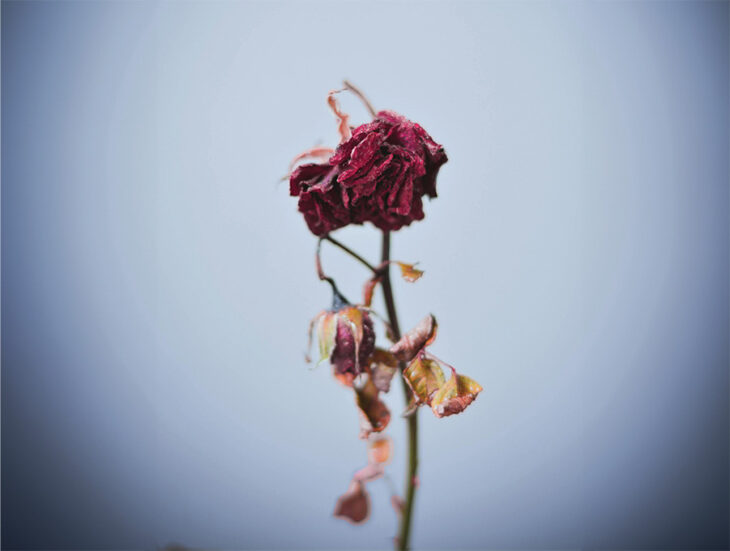Now that summer officially has reached the Coast, it’s a forgone conclusion that our gardens are gloriously blooming or struggling with heat, humidity or the inexperience or neglect of human hands. There are many ways to kill a beloved plant and, believe me, I’ve killed my fair share.
As a college student craving the solace of green and growing things, I bought an African violet. The grower was a sweet, elderly lady who advertised African violets by hanging a lovely and tastefully painted sign in her front yard.
On a whim, I stopped by to ask if I might “adopt” a violet. Could it live in a sterile dorm room with only fluorescent light? Yes, she said; so off I went. The violet survived that semester, but I tearfully bid it adieux when I accidently crushed it trying to get it home in a packed Volkswagen.
That began a lifelong love of buying plants that might last longer than four months.
I planted tomatoes in a shaded plot next to my first apartment. They grew lush and green, but alas, no fruit was ever set. Little did I know that vegetables need six-plus hours of full sun each day.
When newly married, my husband and I lived in Waveland on a street lined with massive live oaks. Each spring, my hubby would clean the gutters and wash down the brick to remove mildew that so often develops behind foundation plantings. A few weeks later, I noticed my azaleas were turning brown and wilting. Asking politely if he’d possibly hit them with the bleach water he’d mixed to power wash, his reply was, “Maybe, but the weed killer I sprayed behind them might have done it!”
WHAT?! Who knew a loving husband could do such a thing?
There are several ways to inadvertently kill a plant. Here are some common ones, along with some fixes, to spare you or your partner the loss and angst of having a plant die in your care.
Never plant a $50 plant in a $5 hole. Dig a hole as deep as the pot and twice as wide. Mix a little compost-rich soil with native soil. Pile a 3-inch mound of soil around the outside of the hole to encourage water to seep into the root ball when it’s watered.
Newly planted trees, shrubs and garden perennials need adequate water the first year to become established. Water at least once a week if there has not been 1 inch of rainfall. By the way, overwatering kills more plants than underwatering.
- Plant so the root ball is slightly above or even with the top of the hole. Planting too deeply can injure the success of planting.
- Never mound mulch around plants’ main stem. This encourages rot and insect damage. Leave a 2- to 3-inch space between mulch and the main trunk.
- Determine the best location by reading the plant tag. Plant shade plants in shade and sun-loving plants in the sun, but beware of our severe afternoon summer sun conditions. Many full-sun plants can only tolerate morning sun along the Coast.
- If the placement area is clay, such as around newly built homes, dig out the clay and add organic matter. Plants in clay holes will not survive.
- Paving and girding with wire or plastic tags will eventually kill any plant. Always remove burlap or wire encasements before placing in the planting hole. Be sure the plant will not grow beyond any paved areas. Roots grow as far out from tree as the leafed area. A tree with a 15-foot diameter crown has roots growing out 15 feet to support the tree. Stifle the roots, and the tree struggles to survive.
- If a plant’s roots have encircled the root ball, take a knife and make.5- to 1-inch vertical cuts from top to bottom through the root ball. This encourages the roots to start growing outward, giving the plant a better chance of survival.



